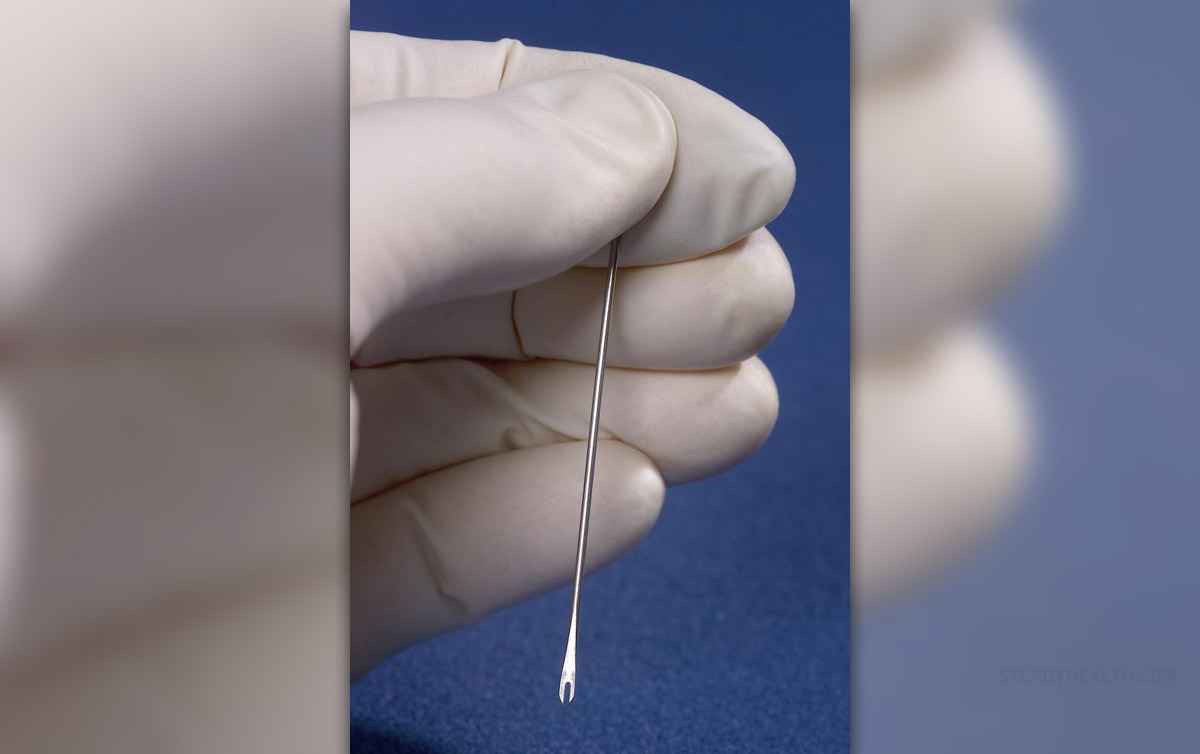
Considering that only one hundred years ago children were dying from high fever and other diseases that are considered normal and curable children’s diseases today, vaccines has come a long way. Vaccines give children immunity from several diseases that are common in their age. That is why babies get one set of vaccines and school children another.
Although babies are born with some degree of immunity which they got from their mothers, this kind of natural protection lasts only a year. Fortunately, in most Western world countries, vaccines are free and are regularly given to children against measles, polio, whooping cough, and mumps.
How Immunization for Children Works
Childhood vaccines helps immune system of the children to builds up a specific type of resistance to specific diseases. This works by putting a very small amount of purified, weakened or dead viruses or bacteria into the vaccine, and after taking it, children’s immune system produces anti bodies that will attack those particular diseases.
As addition to that, children’s body stores information about what kind of illness requires what type of anti bodies, and in the future, if some of those infection occurs naturally, children’s body is prepare for it. Vaccines are given to infant children as a matter of routine, and most common may be against mumps, hepatitis B, diphtheria, polio, rubella (German measles), tetanus, red measles, Haemophilus influenza type b and whopping cough or pertussis.
These vaccines are given by injections or shots, and some of them are given alone and other as combination of several ones in specific schedule, according to child’s age. There are some other vaccines that could be given to little children but they are not mandatory and par of the standard package. Those other vaccines are for influenza, varicella or chickenpox and some form of meningitis, but for those, you should consult your child’s doctor.
Risks and benefits of Childhood Immunization
Children’s vaccines that are given in Western countries are considered to be safe, and any potential side effect is not worth a risk of getting sick. Some of usual side effects are usually mild and it last only for several hours after the vaccination or for a day, at longest.
Tenderness, swelling or redness on the skin may appear in children on the spot that vaccine shot was given, and in some rare cases, mild fever may appear. Even rarer is a severe allergic reaction on the vaccine, but it only happens in one in a million cases.


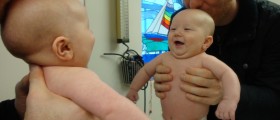
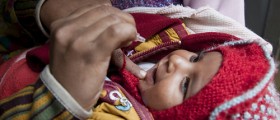


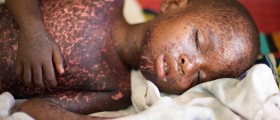

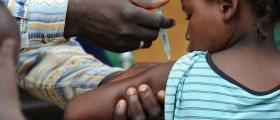
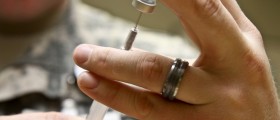
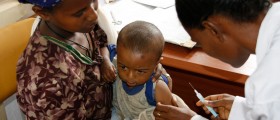
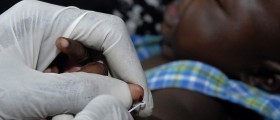

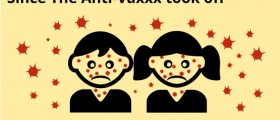


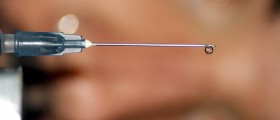
Your thoughts on this
Loading...